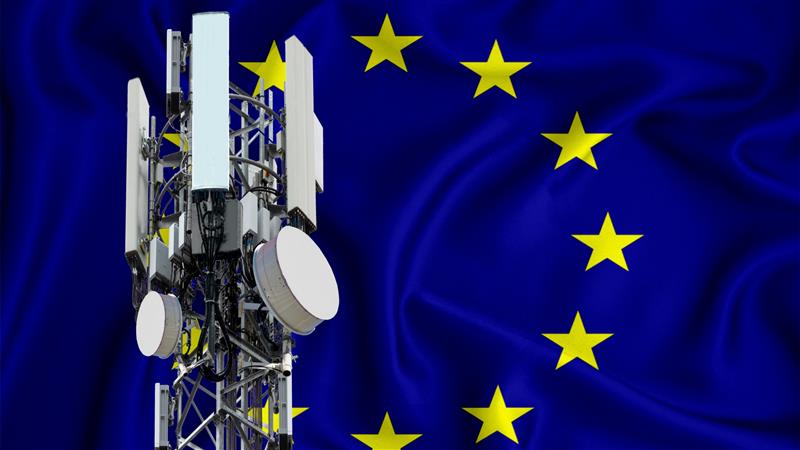
The infrastructure gap of 5G rollout in Europe is slowly closing, almost matching that of global leaders, South Korea and Japan, but still hinges on whether it can accelerate next-gen networks’ deployment to fuel the competition, according to a Connect Europe report.
Europe has made tangible progress in mid-band 5G coverage for performance and capacity but continues to trail in advanced 5G adoption that allows smart factories, autonomous systems, and AI economies to thrive.
The EU 5G connectivity coverage would not only enable better internet access to rural communities but strengthen its digital sovereignty. With the EU rolling 5G networks, the alliance can control more of its own infrastructure, enabling advanced technological leadership.
5G Coverage and Sovereignty
Europe’s 5G networks are expanding now, with 94.3% of households in Europe connected, up from 89% in 2023. Rural areas similarly saw growth to almost 80%, an important step toward reducing dependence on non-EU providers.
EU 5G strategy, which provides secure, fast, and reliable networks in all member states, will help in building infrastructure that brings countries within the Union closer to digital sovereignty and independent innovational capacity.
Still, despite improvements, Europe is behind Asia and the US adoption, and it denotes challenges for 5G in Europe while reliance on foreign technology suppliers remains a strategic concern. Variations in network performance are affecting Europe mobile network speed, highlighting the need for harmonized investment in support of advanced digital services and industrial applications.
Industry leaders emphasize that coordinated policies are crucial to improving Europe 5G deployment, such that it not only connects people but opens new economic opportunities in all industries.
EU 5G Gap Global Competitiveness
Standalone 5G, important for industrial automation and AI applications, is still limited and shows lag in the Europe 5G race, compared to Asia. The expansion of that technology boosts the position of the EU in critical sectors such as cloud computing and smart manufacturing
Next-gen network expansion enhances future EU 5G performance – key to driving AI and edge cloud solutions. However, policy and market fragmentation are major obstacles that continue to widen the 5G gap, slowing down infrastructure and digital services innovation.
As a solution, any Europe telecom market liberalization would allow operators to scale their networks efficiently, reducing dependence on non-European technology providers and reinforcing strategic autonomy.
Improved infrastructure also enhances Europe 5G network speed, a key to real– time AI, gaming, and other industrial applications that require low latency.
EU Building Digital Sovereignty
Industry voices emphasize that improvement is necessary to continue 5G rollout in Europe, with investment headed toward secure and locally controlled networks. Without faster expansion, Europe 5G rollout in Europe risks falling behind the global pace in AI, cloud, and future 6G development.
Member states are reviewing these findings on how to accelerate the 5G rollout in Europe, making sure that all networks support technological independence and long-term competitiveness. In this way, the EU is establishing a greater footprint and investing in modern infrastructure that lays the base for a more effective 5G. Less dependent on external sources and well-positioned to lead in AI, cloud, and the next wave of 6G innovation.
Inside Telecom provides you with an extensive list of content covering all aspects of the tech industry. Keep an eye on our Telecom sections to stay informed and up-to-date with our daily articles.